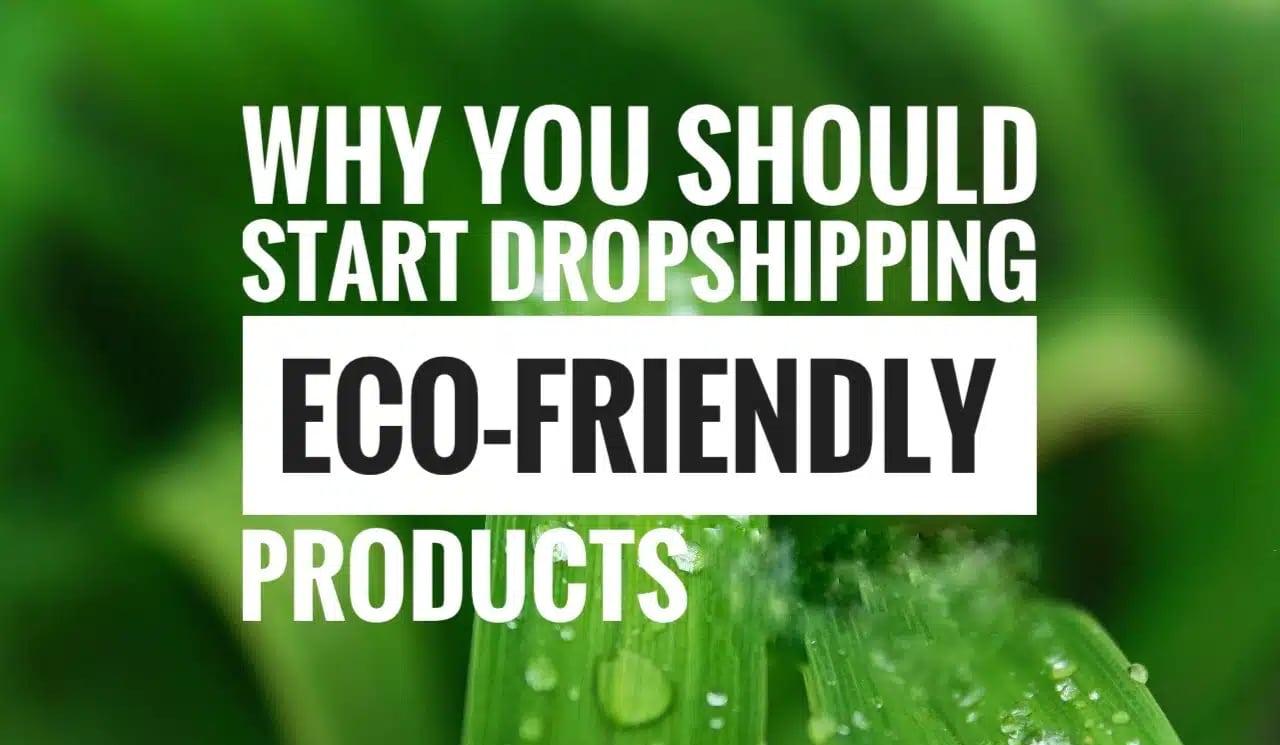Picking Perfect Partners: Master WooCommerce Dropshipping
Contents

Dropshipping has revolutionized the world of eCommerce, offering entrepreneurs a lower-risk avenue to sell products online without managing physical inventory. Choosing reliable suppliers is pivotal for ensuring product quality, timely deliveries, and overall customer satisfaction. This guide provides a roadmap for selecting the best suppliers for your WooCommerce dropshipping store, ensuring your backend operations are as smooth as your storefront.



Dropshipping and WooCommerce Simplified
What is Dropshipping?
Dropshipping is a business model where you sell products to customers without stocking the goods yourself. Instead, when your store makes a sale, the order is sent to your supplier, who ships the items directly to the customer. This setup minimizes the risk and investment, making it an attractive option for entrepreneurs looking to enter the eCommerce realm.
Why Choose WooCommerce for Dropshipping?
WooCommerce is a flexible eCommerce platform that integrates seamlessly with your existing WordPress site, turning it into a fully functional web store. Its compatibility with various dropshipping plugins simplifies product importation, order fulfillment, and inventory management, making it an ideal choice for dropshippers.

Planning and Preparation
Defining Your Niche
Selecting a niche is crucial as it focuses your business on a specific target market, making it easier to identify customer needs and market trends. A well-defined niche allows for more tailored marketing strategies and increases the likelihood of customer conversion.
Researching Your Market
Understanding who your customers are and what they want is essential. Utilize tools like social media insights and Google Trends to gather data on customer interests and behavior. This information helps in tailoring your product offerings and optimizing your marketing efforts for better engagement and sales.
Finding Suppliers
Where to Look
Finding the right suppliers is paramount to setting up a successful dropshipping business. Begin your search on major online marketplaces and platforms that specialize in connecting retailers with suppliers. Additionally, attending trade shows and exploring wholesale directories can offer valuable contacts that might not be available through conventional channels.
Evaluating Suppliers
When choosing suppliers, consider the following criteria:
- Reliability: Their track record for fulfilling orders on time and as described.
- Costs: Competitive pricing including shipping costs.
- Quality: Good product quality that meets customer expectations.
- Support: Responsive customer service.
Take your time to read reviews and possibly reach out to other retailers who have used the suppliers you are considering to gather firsthand feedback.
Contacting Potential Suppliers
Once you have a shortlist of suppliers, the next step is to contact them directly:
- Initial Contact: Reach out with a clear and concise email. Introduce yourself, your store, and your intentions. Ask about their pricing, minimum order requirements, and their shipping times.
- Information to Request: Be sure to inquire about their return policies, and whether they offer blind dropshipping options (where your supplier ships products without including their own branding).
Proper communication from the start sets the foundation for a strong working relationship. Make sure they provide all the necessary information and show a willingness to cooperate and adapt to your store’s needs.
Vetting Suppliers
Placing Sample Orders
Before finalizing any agreements, place a sample order to see the product quality firsthand and evaluate the shipping time and packaging. This step is crucial as it helps ensure the supplier’s standards align with your customer’s expectations.
Supplier Communication
Maintain regular communication with your suppliers to resolve issues promptly and to stay updated on any changes that might affect your product listings. Effective communication also includes negotiating better prices or terms as your relationship progresses and your order volume increases.
Building a rapport with your suppliers can lead to more favorable terms and insights into product trends, which can significantly benefit your store.
Automating the Process
Using Plugins and Tools
To streamline your dropshipping operations, leverage the power of WooCommerce plugins that automate the tedious parts of your business like order fulfillment, inventory management, and price updates. These tools connect your store directly to suppliers, making the entire process smoother and less prone to error.
- Order Management: Automatically forward customer orders to your suppliers.
- Inventory Synchronization: Keep your store updated with the latest stock levels and prices directly from your supplier.
- Automated Pricing: Set markup rules to ensure your prices stay competitive without constant monitoring.
These automations save time and reduce the workload, allowing you to focus more on marketing and customer service, which are crucial for scaling your business.
Setting Up Supplier Integration
Here’s how to integrate suppliers with your WooCommerce store:
- Choose a Compatible Plugin: Select a plugin that supports integration with the platforms where your suppliers are listed.
- Configure the Plugin Settings: Enter your supplier’s information and adjust settings for inventory management, order syncing, and product importation.
- Test the Integration: Run a few test orders to ensure everything works seamlessly from order placement to fulfillment.
This setup not only ensures efficiency but also improves the reliability of your service, which can enhance customer satisfaction and loyalty.
Managing Supplier Relationships
Regular Communication
Maintain open lines of communication with your suppliers to ensure any potential issues are quickly addressed. Regular check-ins can help preempt problems with stock shortages, shipping delays, or product quality issues. A strong relationship with your suppliers leads to better cooperation and can even secure you better deals or priority service.
Performance Review and Optimization
Conduct regular performance reviews of your suppliers based on criteria such as:
- Product Quality: Are the products consistently meeting quality standards?
- Fulfillment Timeliness: Are orders shipped on time?
- Customer Feedback: Are customers satisfied with the products?
Based on these reviews, decide whether to continue with a supplier, negotiate better terms, or switch to a different one if necessary. Optimization is key to maintaining an efficient supply chain that can adapt to changing market conditions and business growth.
Legal and Ethical Considerations
Understanding Dropshipping Agreements
When entering into agreements with suppliers, it’s crucial to understand the terms of the contract:
- Exclusivity Clauses: Whether you are required to only sell their products.
- Liability Issues: Understanding who is responsible for product warranties and customer complaints.
- Payment Terms: How and when payments will be processed.
These agreements should be clear and mutually beneficial to avoid legal complications and ensure both parties are clear on their responsibilities.
Ethical Sourcing
Ethical sourcing is becoming increasingly important in global commerce:
- Supplier Conduct: Ensure your suppliers adhere to labor laws and ethical business practices.
- Product Origins: Be transparent about where and how products are made, particularly if you’re in a market sensitive to ethical considerations.
Promoting ethical practices enhances your brand’s reputation and can lead to greater customer trust and loyalty.
Conclusion
Choosing the right suppliers is not just about comparing prices and services. It’s about finding partners who will grow with your WooCommerce dropshipping store and support its success. Take the time to vet potential suppliers thoroughly, communicate clearly, and use available tools to automate and optimize the supply chain. With careful planning and strategic choices, your dropshipping business will be well-positioned for success in the competitive eCommerce landscape.
Have you had experiences with choosing suppliers, or do you have any questions about setting up your WooCommerce store? Share your thoughts and inquiries in the comments below—we’d love to hear from you and assist with any challenges you’re facing. Subscribe for more insights and tips on building a successful eCommerce business!








